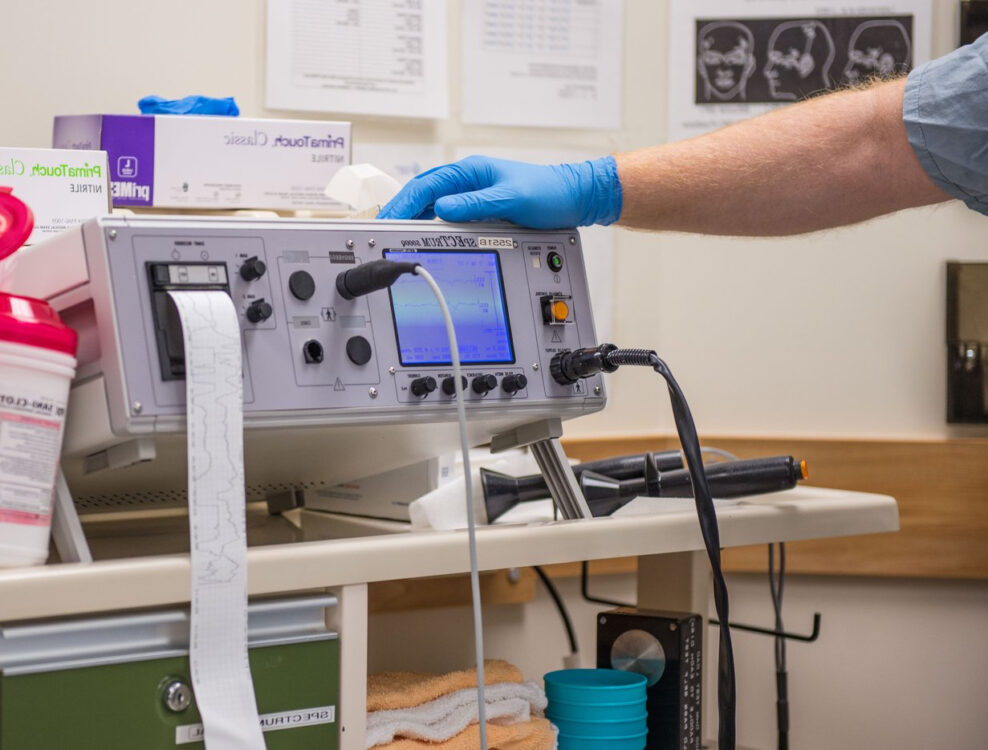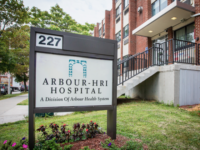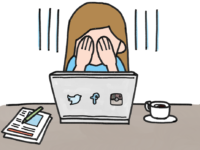Mental health issues are extremely common and affect people of all walks of life. About 18.1 percent of all U.S. adults suffer from some form of mental illness yearly, and suicide is the 10th leading cause of death nationally. Major depressive disorder (MDD) is one of the most common and most severe mental illnesses. Therapy and medication are common treatments for MDD, but many patients are treatment-resistant or unable to use medication, leaving them extremely vulnerable to suicidal thoughts and other harmful symptoms. It is vital that alternative treatments be developed to treat these patients.
Electroconvulsive therapy (ECT) has been used in these treatment-resistant cases. It was first used in the 1930s after being discovered by Italian psychiatrist Ugo Cerletti, and it very quickly became a favored treatment around the globe. By this time, scientists had realized from previous experiments that inducing seizures could alleviate depressive thoughts, although they were unsure of the mechanism. It is hypothesized that the seizure alters brain chemistry to promote development of new brain cells and neural connections and to increase the release of dopamine and serotonin. Prior to the discovery of ECT, patients were given insulin or the drug Metrazol to induce a brief seizure, but these two methods were inefficient and caused severe — and spine-fracturing — convulsions.
ECT, despite also causing convulsions, was much more effective and easier to control. Cerletti and colleagues studied the induction of brief seizures in dogs by using electrical shocks. It had been previously proven that this was possible, but there were no standardized procedures or safety measures. Cerletti found that applying both electrodes to the brain and administering a small, brief electrical pulse could induce a perfectly safe seizure that improved mental health conditions without affecting any heart functions. This was later translated clinically to humans, where a small convulsion was induced, and the patient awoke with no heart issues and some alleviated symptoms of schizophrenia. Side effects were minimal and benefits were many.
Cerletti found that applying both electrodes to the brain and administering a small, brief electrical pulse could induce a perfectly safe seizure that improved mental health conditions without affecting any heart functions.
In modern-day, ECT involves pre-treatment screening, administration of electrical pulses with monitoring of breathing and heart rate, and post-treatment assessment. During the procedure, the patient is under anaesthesia and has a muscle relaxant in order to mitigate the physical effects of the seizure. Two electrodes are placed on the brain, either on one side of the brain or both, and several small electrical pulses are administered until a seizure occurs. After the seizure the patient wakes up, and their heart health and cognitive function are monitored. Once the patient is deemed fit, they are free to return home. ECT is usually performed one to two times a week for a total of six to twelve treatments before seeing results. This treatment works faster than antidepressants and is consequently of great benefit to patients who have an immediate risk of suicide or self-harm. However, the improvement in mental health is temporary, which is why ECT is commonly performed multiple times as maintenance treatment.
This treatment works faster than antidepressants and is consequently of great benefit to patients who have an immediate risk of suicide or self-harm.
ECT has also been shown to help with bipolar disorder, schizophrenia, dementia, and depression for patients who have comorbidities. One study from the Penn State Medical School followed transgender patients with MDD through their ECT treatments. The study found a 58 percent average decrease in depressive symptoms one month after treatment. Other studies have shown that ECT has even higher remission rates and improved efficiency. The only concerns with treatment are a few short-term memory loss side effects that often stop occurring about one month after treatment. Cognitive tests pre- and post-ECT are performed for each patient to track negative side effects and help determine how to best reverse them.
When people hear of ECT, they often have preconceived notions about the safety of the procedure. There is a highly ingrained stigma against ECT, partly due to its early, questionable usage with a lack of anaesthesia and unregulated levels of electric currents. Coupled with negative portrayals of shock-based therapy in movies and media, it is a common belief that ECT is dangerous. Although it is completely standardized and safe presently, there are still negative social attitudes toward the practice that should be dismantled.
This therapy is all the more important today as mental health continues to decline with decreased social interaction and elimination of our normal routine.
This therapy is all the more important today as mental health continues to decline with decreased social interaction and elimination of our normal routine. It is imperative that we focus on preventing and alleviating mental health crises throughout the COVID-19 pandemic. ECT provides a treatment to help with immediate and severe mental illnesses during the pandemic and through normal times.
Image Source: Wikimedia Commons






